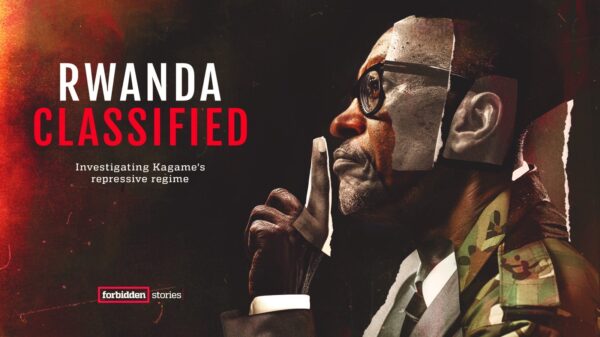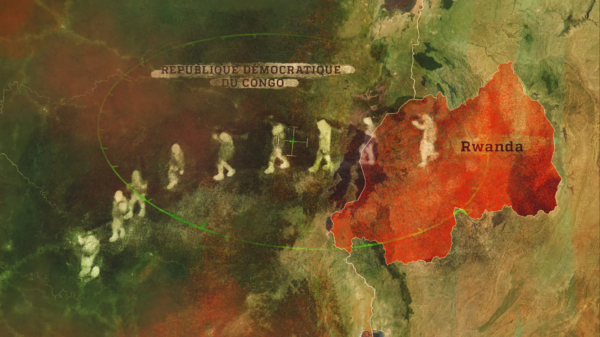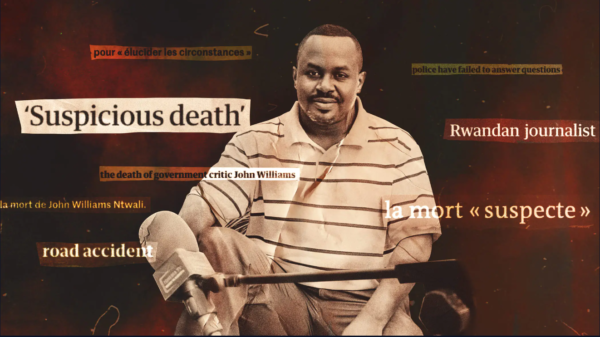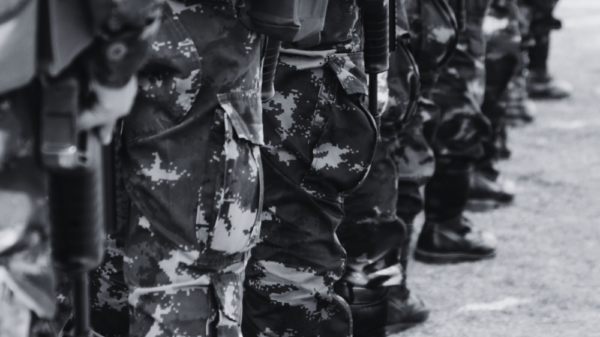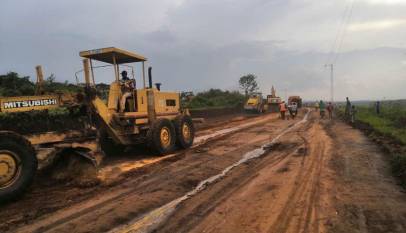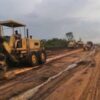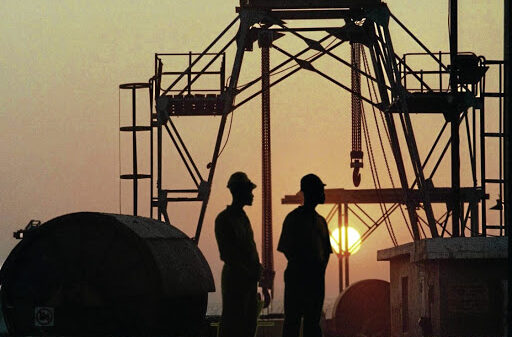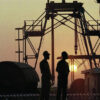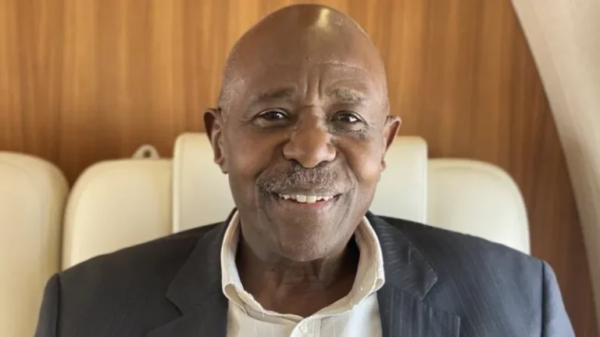Investigative journalism focuses on one particular clear angle that can be proven or disproven through in-depth research and careful documentation conducted by the journalist and their team. It focuses not on isolated cases but on systemic failures and recurrent models 20, in order to establish the underlying causes, win justice for victims, and put an end to violations. There are several different ways in which investigative journalists can get ideas for stories. The most important are:
1: Intuition
When the American journalist Marty Brown read a report about a priest sexually assaulting a child at a Catholic Church in Boston, something told him that this was not an isolated incident but a systematic cover-up of paedophile priests. This gut feeling led him and his team to conduct a ground-breaking investigation that showed that priests who had preyed on children were being protected by the church
2: Personal observation
Firas Al Taweel noticed that a Grand Cherokee driven by Fateh’s official spokesman Osama Qawamsi had a registration number beginning with 31, meaning that it had been exempted from import duty. This was the first clue in an investigation that demonstrated the systematic granting of illegal exemptions to prominent public figures, losing the Palestinian treasury huge quantities of tax money. Powers of observation and quick wits also helped Muhammad Shamma, who happened to hear some women in the street talking about a disabled girl who had had an operation to remove her womb. After introducing himself and asking some questions, he was shocked to discover that the operation had been conducted to protect the girl from rape. His investigation subsequently uncovered that many government hospitals were consistently conducting medically unnecessary hysterectomies.
3: Personal sources
A friend who worked in a Jordanian government orphanage told Majdolin Alan that children resident there were experiencing physical, sexual and verbal abuse. She and her colleague Imad Rawashdeh investigated the allegations, and months later were able to demonstrate that orphans were experiencing physical, sexual and emotional abuse both in and after leaving orphanages. The government tried to force Alan and Rawashdeh to reveal their sources in the courts, leading to a lengthy legal battle lasting many years and ending in their vindication. When a source provides a journalist with information that may spark an investigation, they must ask for detailed information. How did this happen? Where? When? Why? Who are the main people involved? If the answers given are convincing and logical, there might be an idea there. If not, it is no more than a rumour.
4: Media (news, incomplete reports, obituaries pages, commercial announcements, social media…)
A “lest we forget” Facebook page dedicated to the memories of Arab migrants who died in a truck found leaking blood on the border between Austria and Hungary provided the initial impetus for the investigation that produced Al Jazeera’s film Death Truck. The investigation showed that the victims did not suffocate, as the Austrian authorities claimed, but had been killed. The team’s follow-up led the Hungarian Prosecutor General to reopen the case and ultimately to charge nine people with murder and organized crime.
5: Open government sources
Government documents are a treasure trove of information. They include sources as diverse as the official gazette, the company register, parliamentary minutes, stock market announcements, property and land registries, court judgements, tendering documents, lists of people who have been granted or stripped of citizenship.
In 2016, a journalist at amman.net surfing the official website of the Jordanian Constitutional Court found that the Prime Minister had repeatedly responded to court requests after the statutory time limit had expired. Analysis of all judgements issued by the court showed that he had failed to submit documents on time in four separate constitutional appeals. It also demonstrated that the speakers of both the House of Representatives and the Senate had ignored constitutional appeals submitted to the Court, that two thirds of these appeals failed, and that 81% of the Court’s judgements lacked consensus.
6: Reports by local and international civil society organizations
Civil society organizations’ reports and databases provide a wealth of fresh, unpublished information that can produce excellent results. Such organizations tend to be very interested in cooperating with the media, with whom they enjoy a mutually beneficial relationship: the media makes use of their data, and they benefit from press coverage of their activities. When Amnesty International published a statement accusing Cameroonian soldiers of killing blindfolded women and children, BBC Africa’s investigative unit scrambled to follow up on the story. Through digital analysis of videos made publicly available 33, they were able to establish the time and place of the killing, the weapons that were used, and the identity of the perpetrators, confirming that the Cameroonian army was responsible 34 despite its repeated denials
7: Common sense
Common sense helps journalists to develop high quality ideas for investigations or stories. In this a journalist’s approach resembles that of a detective. Every investigation begins with a question. When a customs employee who makes 200 dollars a month lives in a 10-million-dollar villa in an upmarket area, something does not add up. Either he inherited the money, or it is ill-gotten wealth. This logic put Huaguoshan Zongshuji 36 on the trail of Chinese officials whose expensive wristwatches did not match their modest salaries. By comparing pictures of these officials, he was able to compile a list of watches and their prices, showing that one cost the equivalent of six months’ pay. He then demonstrated that these watches had been acquired through corruption. As a result of his investigation, the Health Minister and the Railways Minister were both imprisoned.
8: Leaks
HSBC documents leaked in 2015 (the “Swiss Leaks”) allowed Ibrahim Saleh 38 to track money owned by Rami Makhlouf, Bashar al-Asad’s cousin through a series of bank accounts. He was able to demonstrate Makhlouf’s close commercial ties with Israeli businessmen, as well as showing how his money had been channelled through a series of Israeli investment companies in order to circumvent EU and US sanctions.

